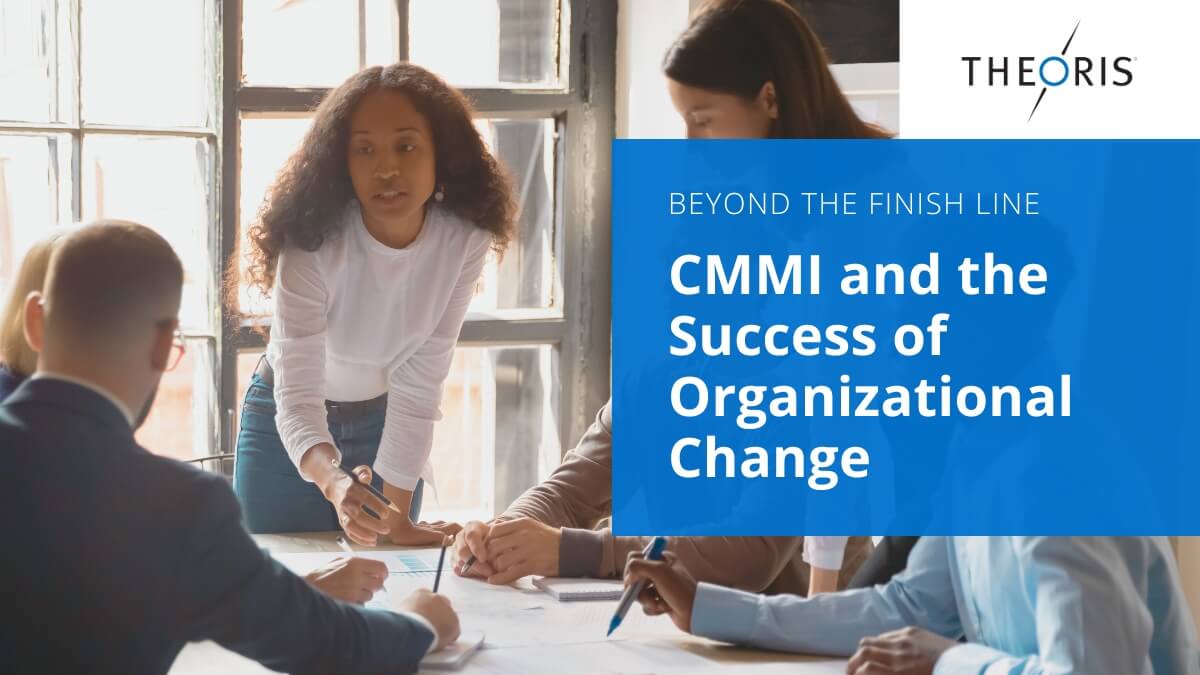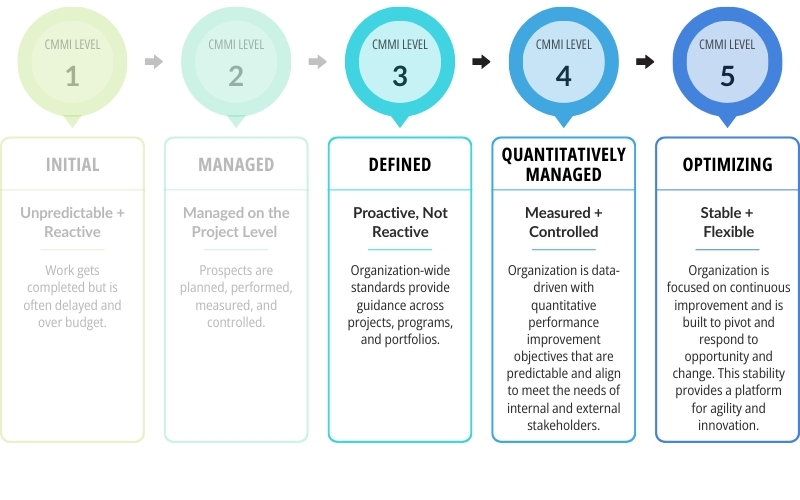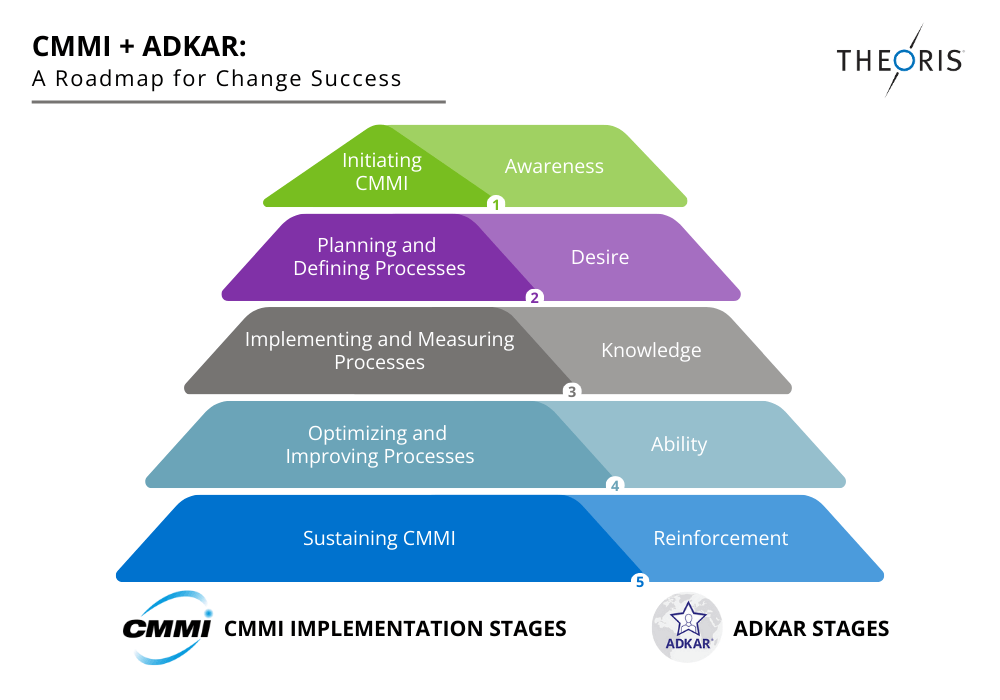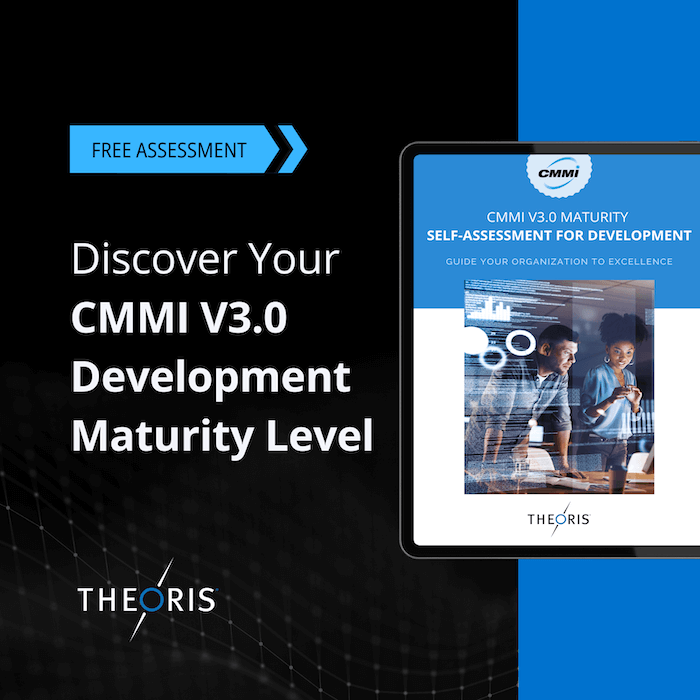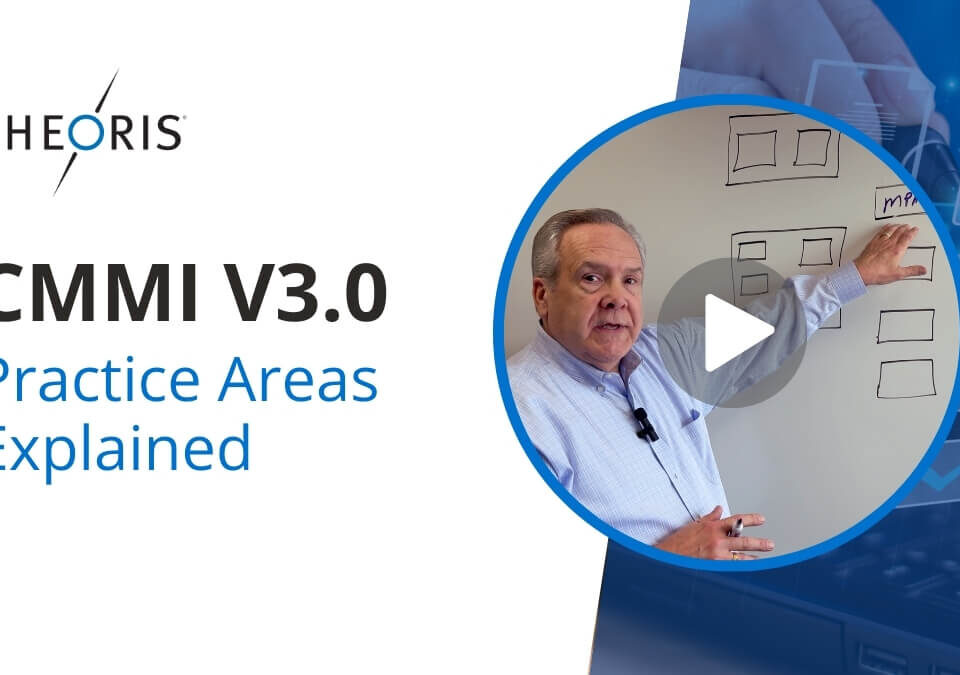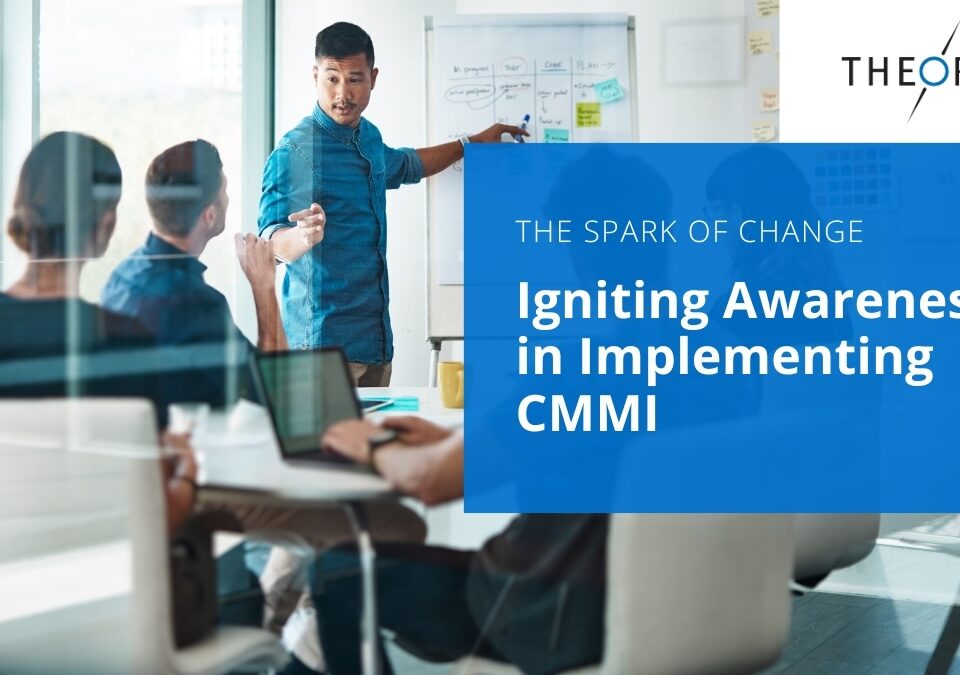Beyond the Finish Line: CMMI and the Success of Organizational Change

How to Know You’re Ready for a Scrum Team
April 16, 2025Introduction: The Endurance Challenge of Change
Organizational change initiatives often launch with significant momentum and enthusiasm. Frameworks are adopted, processes are redesigned, and initial training is completed. However, reaching this initial implementation phase—crossing the perceived “finish line”—is frequently mistaken for ultimate success. The actual test, where many initiatives falter, lies in the subsequent journey: sustaining the implemented changes, embedding new practices into the organizational culture, and realizing the intended long-term benefits. Many transformation programs fail to achieve their goals due to resistance encountered long after the initial launch.
Two powerful frameworks offer guidance in navigating this complex landscape. The Capability Maturity Model Integration (CMMI®) Version 3.0 provides a globally recognized set of best practices for building organizational capability, improving performance, and benchmarking process maturity. Evolving from its origins, CMMI v3.0 addresses contemporary business needs, incorporating domains like data management, security, people management, and virtual work.
Complementing CMMI’s process focus is the Prosci® ADKAR® Model, a framework centered on the crucial human element of change. ADKAR outlines five sequential, essential outcomes individuals must achieve for successful change adoption and sustained usage: Awareness, Desire, Knowledge, Ability, and Reinforcement. It operates on the fundamental principle that organizational change cannot happen unless the individuals within the organization change.
Achieving sustained organizational performance improvement through CMMI v3.0 demands more than just technical process implementation; it requires a deliberate, structured approach to managing individual transitions. This article contends that integrating the Prosci ADKAR model throughout the CMMI implementation lifecycle—paying particular attention to the often-underestimated Reinforcement stage—provides the critical mechanism for institutionalizing new practices. This collaboration fosters CMMI’s principle from version 2.0 and into version 3.0 of ‘habit and persistence,’ ensuring that the benefits of change endure long after the initial implementation, truly going “Beyond the Finish Line.”
CMMI Version 3.0: Architecting Sustained Performance
CMMI’s core philosophy is establishing enduring organizational capability and continuous performance improvement. It moves beyond temporary fixes, aiming instead for sustainable improvement cultivated through developing new process habits and persistence. This focus on embedding practices into the organizational fabric sets CMMI apart and makes it a powerful tool for long-term success.
CMMI v3.0 Structure Overview
CMMI Version 3.0 presents an adaptable yet strategically structured framework that effectively guides your organization’s improvement journey:
- Categories: Four high-level categories organize the practices: Doing (performing the work to build/deliver products/services), Managing (managing the work), Enabling (providing necessary infrastructure and support), and Improving (enhancing processes and performance).
- Domains: CMMI v3.0 includes multiple domains reflecting key business areas, such as Development, Services, Data, People, Security, Safety, Suppliers, and Virtual. This allows organizations to tailor the model to their specific context and priorities. Including new domains like Data, People, and Virtual highlights CMMI’s adaptation to evolving business landscapes.
- Capability Areas: Within categories, practices are grouped into logical Capability Areas (e.g., Managing Performance & Measurement, Process Management, Governance, Requirements Development & Management). Version 3.0 notably introduced the ‘Managing Data’ Capability Area, recognizing the critical role of data in modern organizations.
- Practice Areas (PAs): These are the specific areas where organizations implement the best practices (e.g., Planning (PLAN), Configuration Management (CM), Causal Analysis and Resolution (CAR), Verification and Validation (VV)). New PAs in v3.0 include Data Management (DM), Data Quality (DQ), and Workforce Empowerment (WE), among others.
- Maturity Levels (ML) & Capability Levels (CL): CMMI provides a staged path for improvement. Capability Levels (CL 0-3) apply to achievements within individual Practice Areas. Maturity Levels (ML 0-5) represent an organizational path based on achieving specific capability levels across predefined Practice area sets.
Focus on Higher Maturity & Institutionalization
The higher maturity levels of CMMI reflect the principles of sustained performance and institutionalization.
- Maturity Level 3 (Defined): This level represents a move towards initiative-taking management, where processes are defined, standardized, and documented across the organization rather than just at the project level (ML2). Organizations use and tailor these standard processes, contributing to continuous improvement and establishing a foundation for institutionalization.
- Maturity Level 4 (Quantitatively Managed): The focus is on data-driven management for improved predictability. Organizations employ statistical techniques to measure and control process performance. Performance objectives are quantitatively set and aligned with stakeholder needs, enhancing outcome predictability through strong measurement practices.
- Maturity Level 5 (Optimizing): CMMI Level 5 focuses on continuous improvement and agility. With a stable, quantitatively managed foundation, organizations actively pursue innovation and adapt to change, reflecting a strong culture of sustained improvement.
CMMI’s “Habit and Persistence” concept is crucial for achieving and maintaining higher performance levels. CMMI v3.0 highlights that the framework should be integrated into daily operations, promoting continuous improvement through consistent application and monitoring. Key Practice Areas supporting this include:
- Governance (GOV) for management commitment.
- Implementation Infrastructure (II) for organizational framework and support.
- Process Management (PCM) for standard processes.
- Organizational Training (OT) for skill development.
- Managing Performance & Measurement (MPM) for data insights.
- Causal Analysis and Resolution (CAR) for learning from deviations.
CMMI v3.0 redefines Maturity Level 2 to require Capability Level 2 across all seventeen core practice areas, emphasizing parallel improvement over a strictly sequential approach. Organizations can no longer focus solely on project management to achieve ML2; they must simultaneously address a broader range of capabilities, such as requirements management and quality assurance. This increased complexity necessitates a structured change approach, like ADKAR, much earlier in the CMMI journey, even for those targeting initial maturity levels, to ensure effective adoption of all necessary practices.
Prosci ADKAR: Enabling the Human Side of Change
CMMI outlines the necessary process changes for improved organizational performance, but does not address individual adoption challenges. Successful organizational change depends on shifts at the personal level, and failures often occur when the human element is overlooked. This includes factors such as understanding, motivation, and capability. The Prosci ADKAR Model addresses this gap by focusing on the five key outcomes for individuals to navigate change effectively. Explore more on this topic here.
The Five Building Blocks of Individual Change
ADKAR is an acronym representing a sequence of goals that must be achieved for change to be successful and lasting:
- Awareness: This foundational stage helps individuals understand the necessity of change, including business drivers, current issues, and risks of inaction. Building Awareness requires clear communication from credible sources to address the “Why?” question and overcome barriers like comfort with the status quo, disbelief, and misinformation.
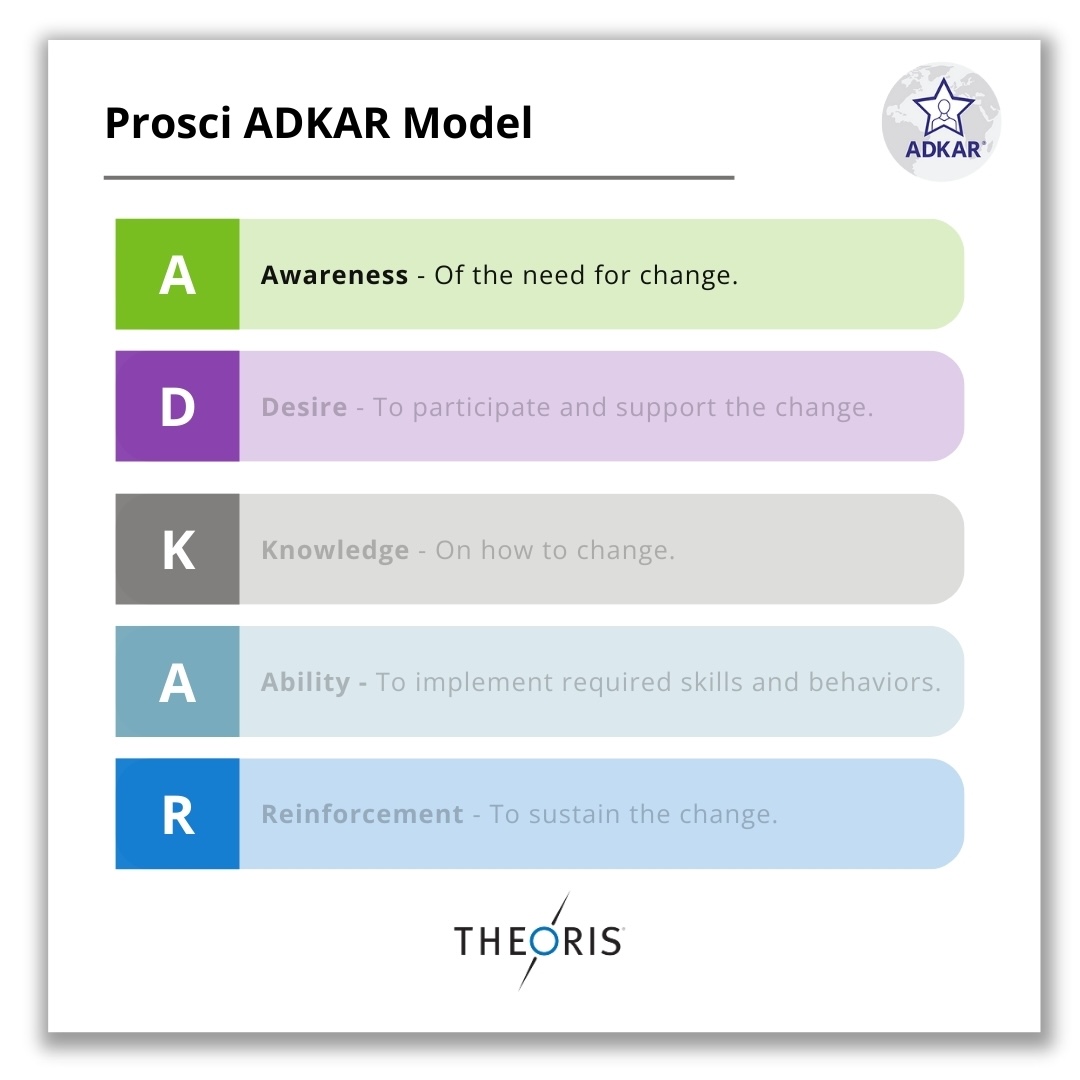
- Desire: After Awareness, individuals need personal motivation to support the change, addressing the “What’s In It For Me?” (WIIFM) factor. Desire is cultivated by emphasizing personal and organizational benefits, listening to concerns, involving employees in the process, and securing genuine buy-in.
- Knowledge: To support change effectively, individuals must be aware and willing. The next step involves providing ‘how-to’ information, including training and resources to fill skill gaps. Knowledge sharing is essential, but should come after establishing Awareness and Desire to avoid increasing resistance.
- Ability: Knowledge alone is insufficient; individuals must apply it effectively. Ability involves demonstrated competence and confidence, which can be developed through firsthand practice, coaching, feedback, support, and overcoming barriers to performance.
- Reinforcement: The final stage is critical for ensuring that changes are embedded and sustained over the long term. Reinforcement involves any action or event that increases the likelihood of the change lasting and helps prevent individuals from reverting to their old, familiar ways of working. Key activities include recognizing and rewarding adherence to new processes, celebrating successes, monitoring performance, providing ongoing feedback, implementing corrective actions, and ensuring that positive and negative consequences align with the latest state. Reinforcement helps anchor the change within individuals’ habits and the organization’s culture.
The ADKAR model’s sequential nature offers a powerful diagnostic tool for change management. When a CMMI practice or process change struggles, ADKAR helps identify the specific barrier for individuals or groups. Is the issue a lack of Awareness, Desire, Knowledge, ability, or Reinforcement? This clarity allows for targeted interventions, enhancing the efficiency and effectiveness of change management compared to generic approaches.
Weaving the Threads: Integrating ADKAR into the CMMI Journey
Implementing and sustaining CMMI involves addressing both technical process improvements and the human dynamics of change. CMMI outlines necessary changes in processes and practices and their maturity levels. Meanwhile, ADKAR focuses on helping people transition through these changes. Combining these frameworks creates a unified approach that enhances the chances of achieving project goals and realizing organizational benefits.
Applying ADKAR Throughout CMMI Implementation
ADKAR integration should be continuous throughout the entire CMMI implementation lifecycle, from the initial assessment to optimization.
- Early Stages (Assessment/Planning): As the organization evaluates its CMMI journey, ADKAR is vital for building Awareness among stakeholders about the reasons for adoption. This includes communicating business drivers, highlighting performance gaps (like defect rates and cost overruns), and outlining potential benefits. Efforts should also focus on fostering Desire among senior leadership by securing sponsorship, addressing concerns, and articulating the value proposition while assessing potential resistance early.
- Process Definition/Design: Involving employees and experts in defining CMMI practices fosters Desire and ownership. This phase is crucial for developing Knowledge about changes to roles, responsibilities, and workflows resulting from the new practices.
- Pilot/Deployment: This phase emphasizes building Knowledge and Ability through training programs, documentation, and job aids. It includes firsthand practice, coaching, and feedback, possibly with a phased rollout. ADKAR assessments can track progress, identify barriers, and adapt the change management plan, aligning ADKAR milestones with project milestones to ensure Knowledge and Ability are in place before a process ‘go-live’ date.
- Institutionalization/Optimization (ML3+): Achieving and maintaining higher CMMI maturity levels involves making improved processes the standard and establishing them as the ingrained way of working. This phase relies significantly on effective Reinforcement. The ADKAR model remains helpful in identifying any ongoing adoption challenges or areas where individuals may be reverting to old habits.
Spotlight on Reinforcement for CMMI Sustainability
The Reinforcement stage of ADKAR is crucial for the long-term success of a CMMI initiative. Ongoing reinforcement is necessary to prevent regression to old habits and ensure that changes do not fade over time. It helps maximize the return on investment, maintain credibility, and promote a culture of continuous improvement, all of which support sustained organizational performance.
Connecting specific Reinforcement activities to CMMI practices operationalizes sustainability:
- Monitoring & Measurement: ADKAR emphasizes monitoring adoption and usage. This aligns directly with CMMI Practice Areas like Measurement & Analysis (MA) and Managing Performance & Measurement (MPM). Data gathered through CMMI practices should be used to track process performance (e.g., defect reduction, productivity gains) and monitor the adoption and adherence to the new CMMI-defined processes, providing crucial feedback for reinforcement efforts.
- Recognition & Rewards: Positive reinforcement strengthens desired behaviors by acknowledging individuals and teams for consistently adhering to new CMMI standard processes or achieving performance targets. This reinforces the value placed on the institutionalized practices central to CMMI ML3 and above.
- Feedback Loops & Corrective Actions: Establishing mechanisms for ongoing feedback allows for the early identification of issues where CMMI practices are not being followed. Using ADKAR to diagnose the reason for non-adherence (e.g., a lingering Ability gap, lack of Desire) enables targeted corrective actions (e.g., additional coaching, addressing disincentives). This aligns with CMMI’s Causal Analysis and Resolution (CAR) PA principles, applying a structured approach to understanding and addressing deviations from expected process performance.
- Celebrating Success: Actively celebrating milestones achieved during the CMMI journey and highlighting the positive impacts reinforces the value of the effort and builds momentum for continued adherence and improvement.
The connection between ADKAR Reinforcement and CMMI institutionalization is crucial. CMMI Maturity Levels 3, 4, and 5 detail how to define and optimize processes organization-wide, but their effectiveness hinges on individual behaviors. ADKAR’s Reinforcement stage includes monitoring adherence, providing feedback, and recognizing compliance. Without this ongoing reinforcement, CMMI processes may become mere ‘shelfware’ instead of integral to operations. ADKAR Reinforcement helps achieve sustained performance in CMMI institutionalization.
The following table illustrates how ADKAR activities can be strategically integrated across the typical phases of a CMMI implementation:
| CMMI Phase | Key Focus | Awareness Activities (ADKAR) | Desire Activities (ADKAR) | Knowledge Activities (ADKAR) | Ability Activities (ADKAR) | Reinforcement Activities (ADKAR) |
| Initiation & Assessment | Why CMMI? Baseline Assessment | Communicate business drivers, risks of inaction, and CMMI benefits. | Secure leadership sponsorship, engage key stakeholders, and address initial concerns. | Provide a high-level CMMI overview. | N/A | N/A |
| Planning & Process Design | Define Scope, Tailor Processes | Reiterate the need based on assessment findings. | Involve SMEs/teams in process design and highlight the personal benefits of improved processes. | Detail specific CMMI PAs, roles, and responsibilities. | N/A | N/A |
| Pilot & Deployment | Implementing New Processes, Train Staff | Explain the impact of specific process changes. | Highlight pilot successes, address resistance proactively, and manage coaching. | Deliver role-based training and provide documentation and job aids. | Conduct practice sessions, offer coaching & feedback, remove barriers, and phased rollout. | Begin tracking initial adoption metrics and provide early positive feedback. |
| Institutionalization (ML3+) | Embed Processes, Measure Performance | Communicate performance results & continuous improvement needs. | Link process adherence to performance goals and visible leadership commitment. | Provide advanced/refresher training and share lessons learned. | Mentor staff, support the use of organizational assets, and troubleshoot complex issues. | Monitor KPIs, recognize/reward adherence, audits, corrective actions, celebrate success, and feedback loops. |
| Optimization (ML5) | Continuous Improvement, Innovation | Sharing insights from data analysis is driving further change. | Foster a culture of initiative-taking and improvement and empower teams to innovate. | Train on advanced techniques (statistical analysis, etc.). | Facilitate experimentation and support the implementation of process innovations. | Embed continuous improvement into performance reviews and share innovation successes widely. |
Table 1: Integrating ADKAR Throughout the CMMI Implementation Lifecycle
This mapping serves as a guide for integrating individual change enablement into a CMMI process improvement initiative, addressing technical and human aspects throughout the journey.
Critical Factors for Going the Distance: Sustaining CMMI Success
Achieving higher CMMI maturity levels is an important milestone, but true success lies in sustaining these capabilities and their benefits over time. Focusing on key factors that connect process definition with organizational behavior is crucial. These factors align with CMMI’s institutionalization principles and ADKAR’s emphasis on individual change sustainment.
- Active & Visible Leadership/Sponsorship: Visible support from senior leaders is crucial during the launch and sustainment phases. Leaders should promote CMMI practices by providing resources for continuous improvement and holding teams accountable. Celebrating successes boosts morale and fosters new ways of working, aligning with CMMI Governance and strengthening the ADKAR model’s Awareness, Desire, and Reinforcement Research from Prosci shows that effective leadership sponsorship dramatically increases the chances of achieving project goals, particularly in the sustainment phase.
- Continuous & Targeted Communication: Communication should continue after the initial CMMI implementation to reinforce the reasons for sustainment. Share performance data highlighting CMMI’s value, celebrating progress, and providing an update on continuous improvement efforts. Tailor messages for different audiences and use multiple channels, supporting performance reporting and addressing all ADKAR stages, especially Awareness and the ongoing need for change.
- Proactive Resistance Management: Resistance can resurface during sustainment as individuals adjust or find workarounds. Organizations must anticipate this and address it proactively. Using the ADKAR model to identify whether resistance stems from a lack of Desire, Ability, or Reinforcement enables targeted interventions.
- Ongoing Knowledge & Ability Building: Sustaining CMMI practices necessitates that employees stay proficient and confident beyond initial training. Ongoing support, such as refresher courses, coaching, mentoring, accessible documentation, and help desks, is essential. This approach aligns with CMMI’s Organizational Training PA and supports ADKAR’s Knowledge, Ability, and Reinforcement
- Meaningful Measurement & Feedback: The adage “what gets measured gets managed” underscores the importance of tracking Key Performance Indicators (KPIs) in CMMI process areas. Monitoring adoption rates and practices is vital for demonstrating CMMI’s value and identifying areas needing reinforcement. Clear feedback loops enable the sharing of challenges and successes, support continuous improvement, and link CMMI’s MPM and CAR PAs to ADKAR’s Reinforcement
- Effective Reinforcement Mechanisms: A key factor in sustainment is robust reinforcement mechanisms, including tangible and intangible rewards. This involves public recognition, integrating CMMI behaviors into performance management, celebrating successes, offering positive feedback, and addressing non-compliance. The aim is to promote adherence to new CMMI processes by making it the easiest and most rewarding choice, supporting CMMI’s “habit and persistence” principle, and aligning with ADKAR’s Reinforcement
- Integration with Project Management: Integrating change management activities using the ADKAR model into project management is essential for effective CMMI implementation. This includes defining change management deliverables, aligning ADKAR milestones with project timelines, and establishing clear ownership of tools like communication and training plans. This approach connects CMMI’s project management process areas with structured change management, often supported by frameworks like the Prosci 3-Phase Process.
To sustain CMMI success, organizations must evolve their mindset, viewing CMMI as an ongoing part of operations rather than a temporary project. This involves continuous communication, skill-building, measurement, and reinforcement, which are essential for operational management. CMMI seeks to embed these practices deeply, particularly from ML3 onward. The ADKAR model, especially its Reinforcement phase, helps individuals develop the habits needed for CMMI to become standard practice. Failure to adopt this operational mindset often leads to declining process improvement benefits after initial implementation.
Conclusion
Enhancing organizational capability and performance with CMMI Version 3.0 is complex and requires significant process investment. However, success depends on effectively managing the human aspect of change, ensuring that all individuals in the organization embrace and sustain the new methods.
The Prosci ADKAR model offers a strong, individual-focused framework that enhances CMMI’s process-oriented approach. By addressing Awareness, Desire, Knowledge, Ability, and Reinforcement, organizations can effectively support their people during CMMI implementation, turning it into a comprehensive change program rather than just a technical task.
The challenge in “Beyond the Finish Line” is the sustained application of CMMI practices. The constructive collaboration between CMMI’s focus on higher maturity and ADKAR’s Reinforcement stage is crucial. Active reinforcement, driven by leadership, continuous communication, ongoing support, and meaningful measurement, helps embed CMMI practices into the organization’s DNA and prevents regression.
Organizations that understand that process improvement and individual change enablement go hand-in-hand are positioned for success. By combining CMMI v3.0’s robust process architecture with the considerate ADKAR model and emphasizing Reinforcement, businesses can create a culture of continuous improvement. This approach fosters lasting organizational change and sustained high performance beyond the initial project.

Written by:
Steve Kelly
Steve Kelly is an accomplished professional who has worked on multiple CMMI engagements and maturity levels. He has over 18 years of experience leading all aspects of global projects and transformative initiatives from inception to completion. Steve has utilized a variety of methodologies with over ten years of experience implementing effective organizational change management practices to deliver exceptional results. Steve also spent over four years as an Adjunct Professor teaching Project Management, Agile, Scrum, Business Analysis and IT Leadership courses. Steve is a certified Scrum Product Owner and a certified Prosci® – ADKAR Train-The-Trainer and enjoys partnering with or leading teams to achieve an organization’s vision and business objectives.
